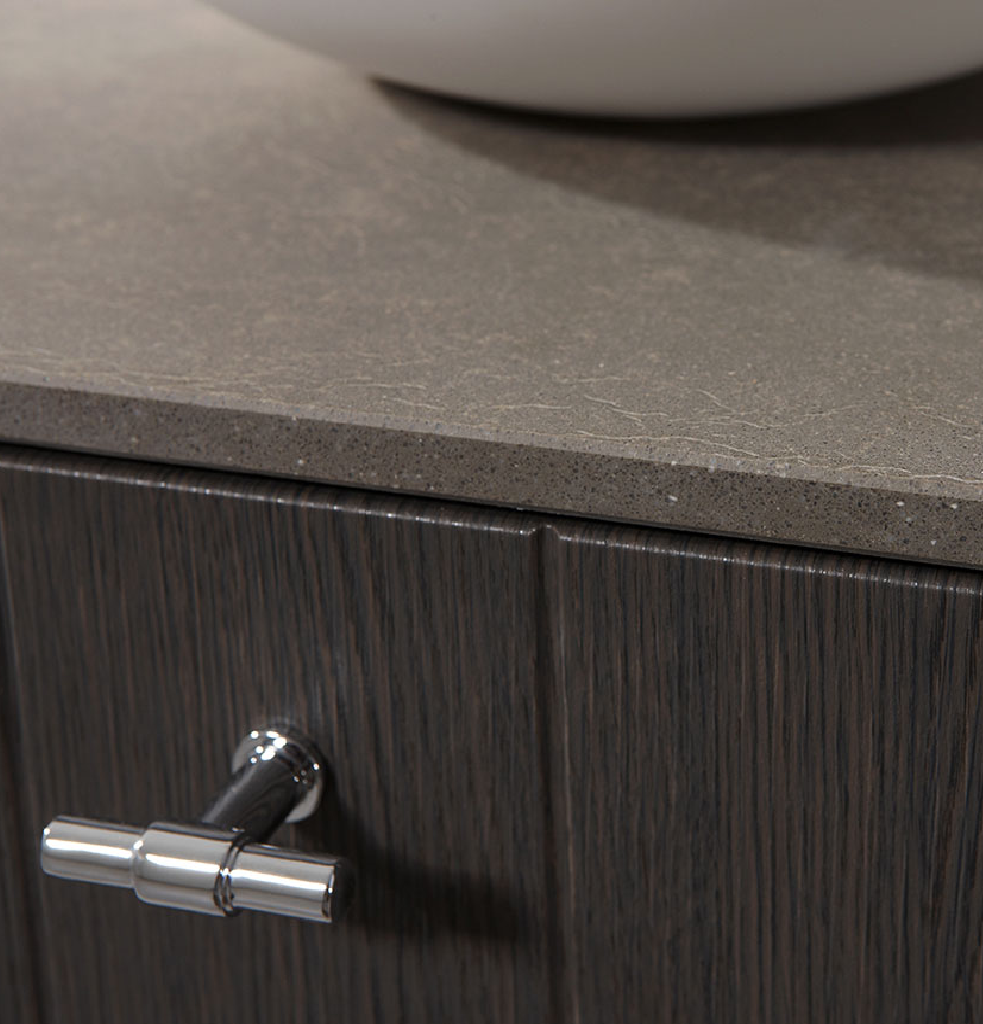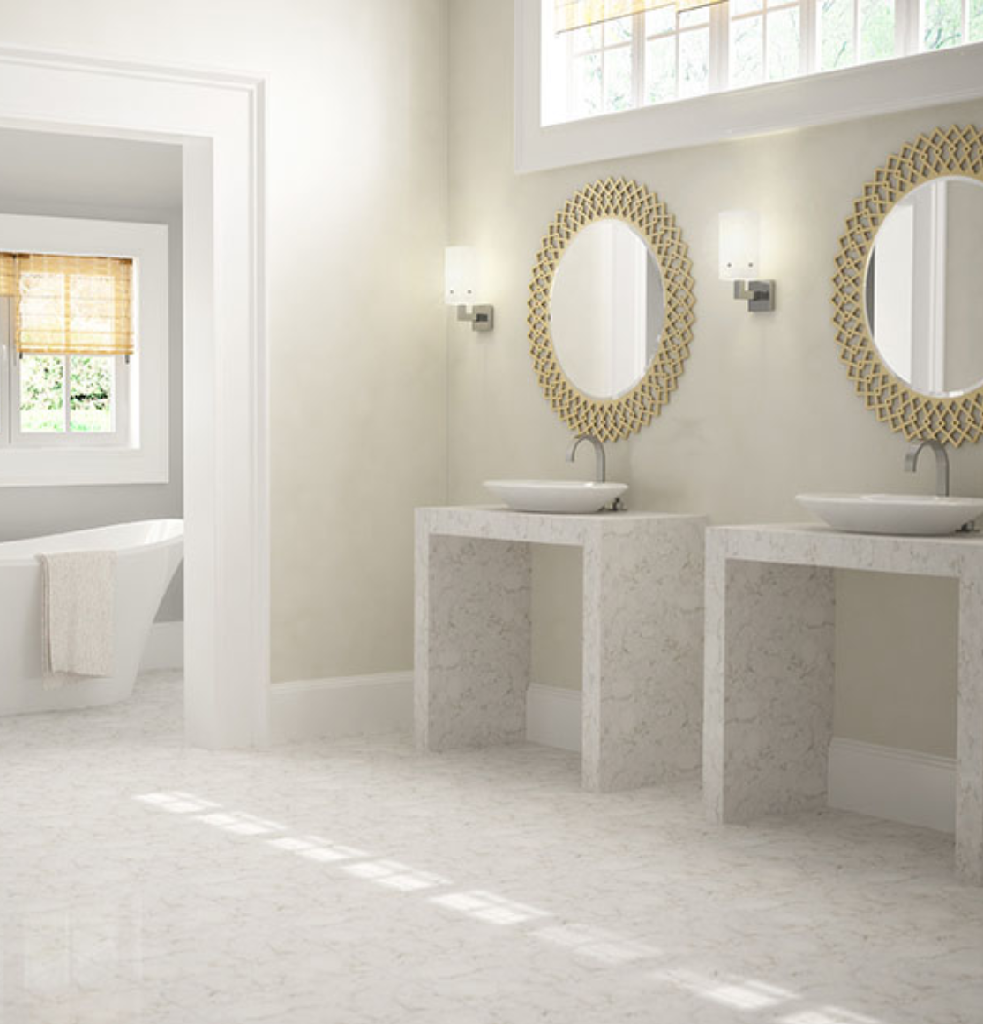Bathtub or shower cubicle? What’s the most convenient material to cover walls and floors? How much will renovating the bathroom cost me? These are the most common questions we ask ourselves when faced with an important decision like renovating the whole bathroom.
However, even before that you need to decide which route you want to take: making the bathroom with a DIY approach (and obviously with the support of specialist labour) or with the help of an architect. There are two very different routes in terms of design and execution, let’s examine the pros and cons together.
We can start by highlighting the fact that renovating the entire bathroom is never cheap. Choosing the DIY route can be a way of saving money, but it takes more time and personal commitment. In any case, you need to consider an investment of at least 3000 to 7000 euros. Of course, the costs depend on the state of the bathroom and its size, as well as on the choice of tiles and fittings. So this should be a warning for those who choose DIY: stay clear of ads offering a full renovation for your bathroom for 1500-2000 Euro… there will certainly be a catch hidden away somewhere.
Another useful thing to know, before speaking directly to a contractor or an architect, are the steps involved in a full renovation, which must follow this sequence:
- Floor and screed removal, down to the piping
- Replacement of the plumbing
- If necessary, upgrade of the electrical system, followed by a renovation of the walls, including the tiles of choice
- Installation of the new floors and fittings
- Final painting of the walls
- Fixing accessories and choice of furniture
DIY vs. architect

The project
If you are not a handyman, it’s best not to try and draft a project. In this case, speak directly with the contractor’s site manager and roughly explain your idea for the bathroom vis-à-vis. However, it’s very risky to venture into this kind of operation without any kind of project draft, as there is the risk of not keeping an eye on the budget, of calculating the position of the fittings a bit too loosely and not having an overview of the final result, but just a picture in your head. A professional project drawn up by an architect is certainly more expensive, but it often allows you to avoid execution errors and misunderstandings with the contractor.
The contractor.
The first thing you need to do is choose the building contractor that will take care of the works. If you choose an architect to help you, they will liaise with different partners and have them prepare quotes based on the project. Otherwise, you need to contact the professionals yourself and explain your ideas for the new bathroom to each one of them. Then wait for each contractor to issue a quote and, at that stage, you can decide based on their offer and schedule.
The bathroom fittings.
Whether it is a contractor or individual plumber, in any case, before starting the works, you need to provide them with all the technical data sheets of the fittings you have chosen. So, in the case of DIY, you need to take into account a period of time before the start of the renovation works during which you will look for the fittings, perhaps even go to see them for yourself in showrooms and, based on your choice, you obtain the technical data sheets. The exploration stage is necessary with the architect too, though you can probably choose directly from the catalogue and you won’t need to go into the sheets’ details.
The order.
After choosing the fittings, furniture, wall and floor tiles and colours of your new bathroom, you need to send the purchase orders. Once again, you need to plan ahead, especially for the fittings and floor and wall tiles that, depending on the model, can even take up to 50-60 days for delivery. Architects are familiar with this process and take it into account right from the start. If instead you choose DIY, we recommend relying on the firms the contractor usually works with, in order to avoid easy misunderstandings.
In a nutshell.
Renovating a bathroom involves various delicate steps that need to be well-managed and coordinated, or you might risk wasting time and money. You can also do it yourself to spend less, but perhaps this is a route to go down for partial works, for example replacing the bathtub with a shower cubicle, while it might be risky when it comes to renovating the entire bathroom.
Two tips to add a personal touch to your bathroom.

The freedom of choosing the fittings and furniture, where to put them and another million small details is one of the good points of doing your bathroom on your own. Indeed, when working with architects, they probably have manufacturers they prefer working with, so this is the right option if you’re undecided.
In either case, you can still have an idea of the final result, so that you can come up with solutions (for the architect or the contractor) that will make your bathroom truly unique.
- The mirror: this is an essential accessory in the bathroom and its shape can also influence the style of the room. There are mirrors with frames of any type and material on the market. If you have a small bathroom, for instance, multi-purpose mirrors are a good solution. They have a container concealed behind the reflective panel and built-in lighting. A cost-effective solution is instead having your mirror custom made by a glass-maker: all you need to do is accurately calculate the size of the wall above the washbasin by taking into account light fixtures that will be used to light up this area.
- Floor and wall tiles: a solution to add an original touch in the bathroom is avoiding classic tiles that take away a few centimetres in the room, especially from the walls. You can use ceramic tiles only in the shower area, for instance, and paint the rest of the room with special waterproof enamel or resin paint in your favourite colour. Paint lasts for a limited amount of time, so it’s suitable for those who like to change the ambiance in the room fairly often. Instead, for those seeking a longer-lasting and more innovative solution, there are marble and quartz agglomerate slabs like the ones by Santamargherita. They are available in various sizes and finishes, and create settings featuring the appearance of natural stone yet are durable, hygienic, scratchproof as well as easy to clean. Moreover, the same slabs can be used to make washbasin tops and to cover bathtubs, thereby creating an entirely custom-designed bathroom.
Valentina Pepe
